Following the "camera trap team" of wild animals in the Xuan Lien forest
From the forest-crossing trips of the "camera trap team" of Xuan Lien National Park (Thanh Hoa), many rare wildlife species were recorded and discovered.
Xuan Lien National Park (Thuong Xuan District, Thanh Hoa Province) was established in 2000 (upgraded from a Nature Reserve to a National Park in February 2025), with a total area of about 24,000 hectares. This is one of the National Parks with valuable biodiversity reserves in Vietnam, with many species of flora and fauna listed in the "Red Book" of Vietnam and the world, with scientific and ecological value.
In order to preserve and develop the biodiversity values of typical forest ecosystems, rare, endemic, and priority species of forest animals and plants currently existing in the area; to protect the intact natural forest area... over the past many years, Xuan Lien National Park has organized many field surveys, set camera traps for wild animals to monitor and discover many new animal species.
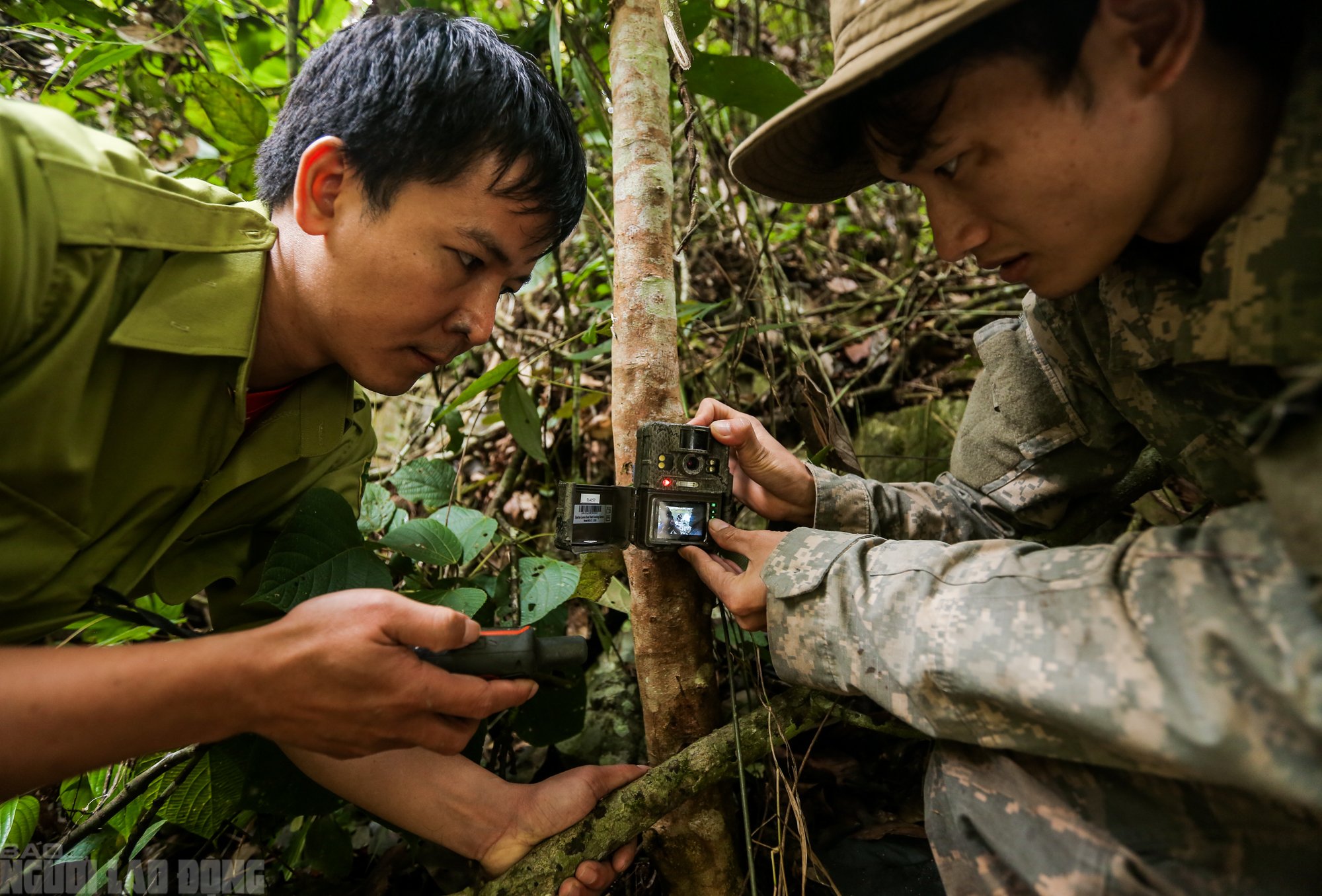
Mr. Nguyen Mau Toan, a ranger at Xuan Lien National Park, and Mr. Lau A Ky (camera trapping expert) are setting traps to hunt wild animals in December 2024.
This is a silent, not at all simple job for the silent forest rangers in Xuan Lien National Park. Because their work is often deep in the forest, the conditions for eating, living and traveling are extremely difficult, arduous, facing many lurking dangers.
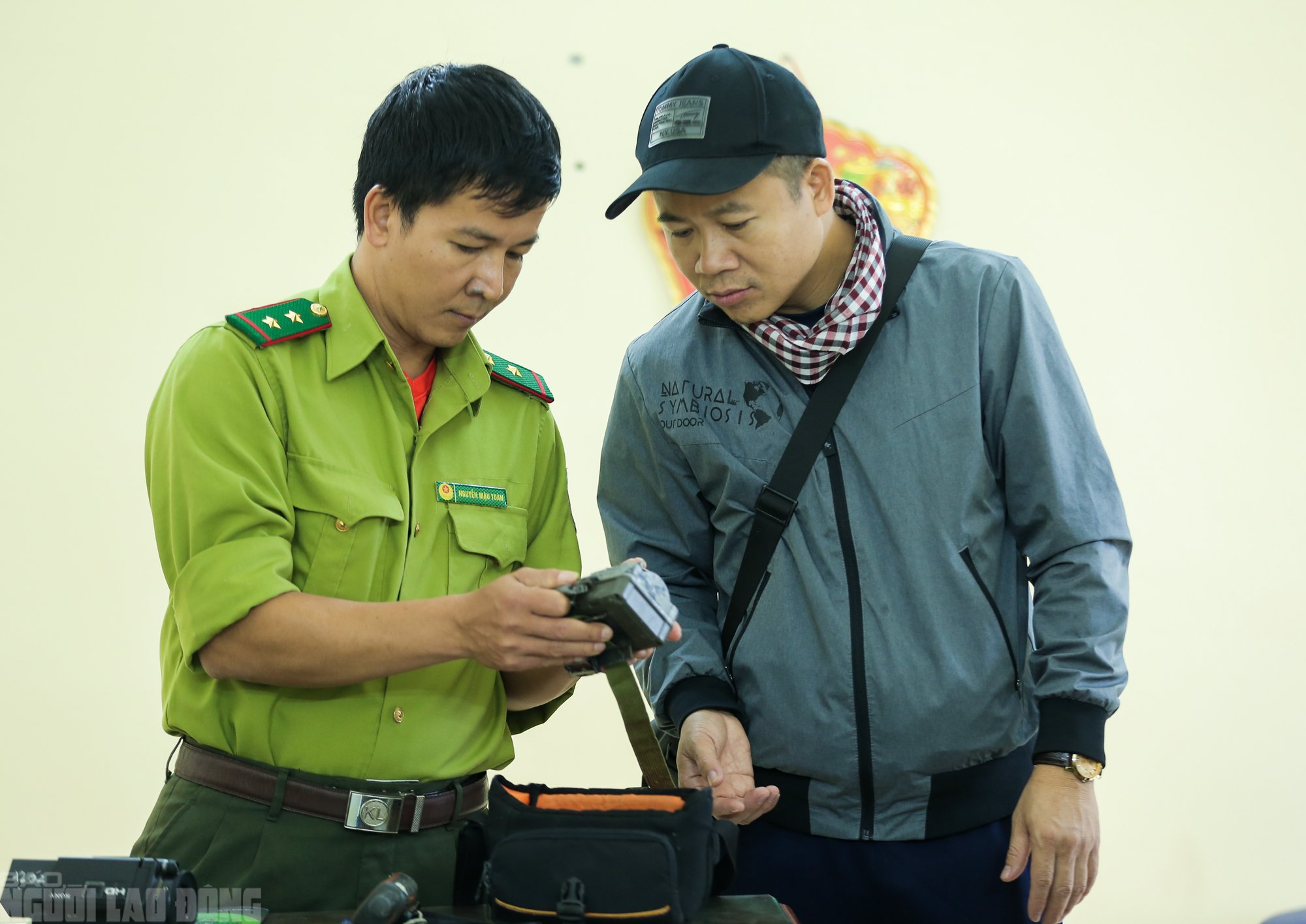

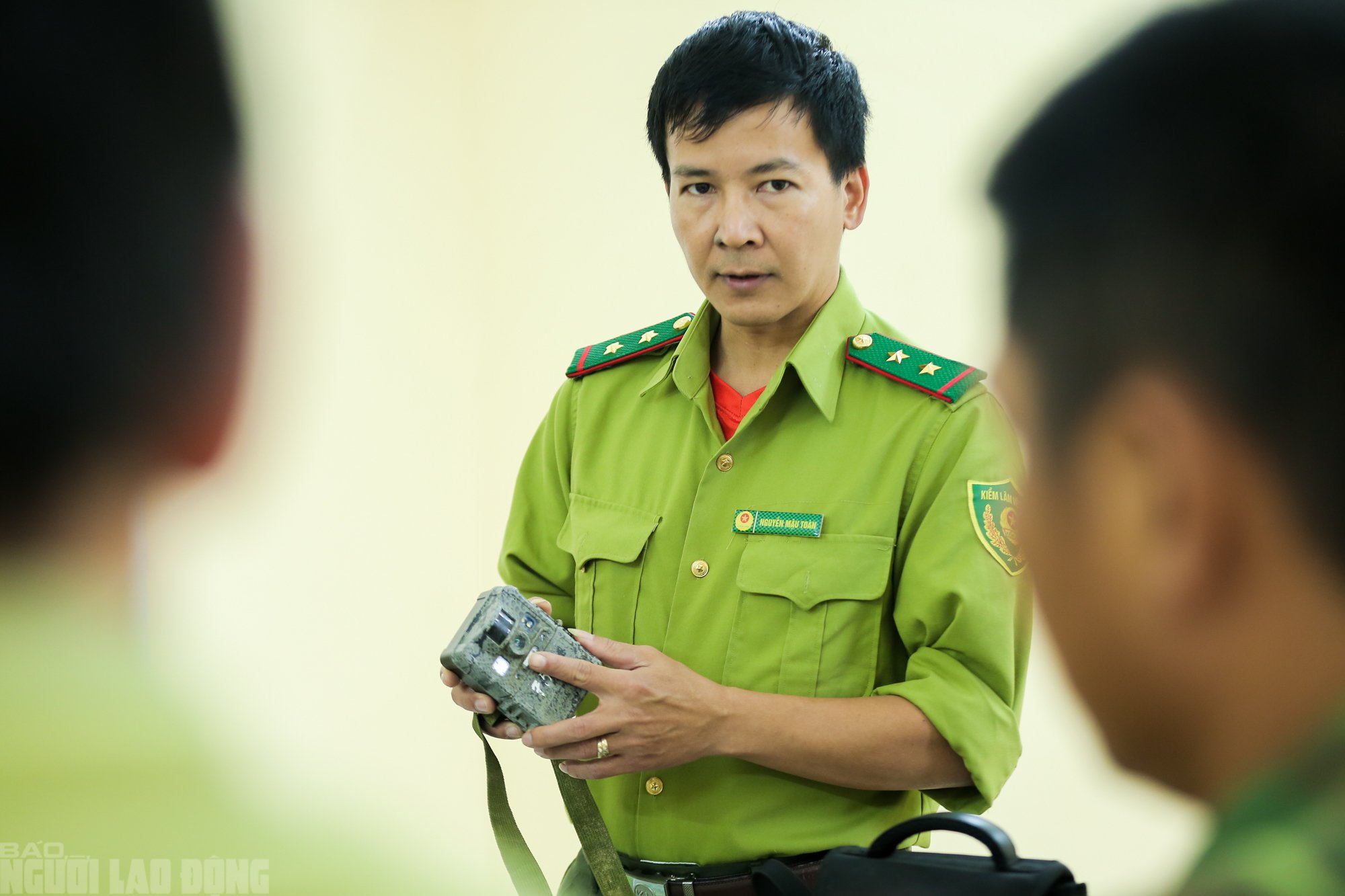

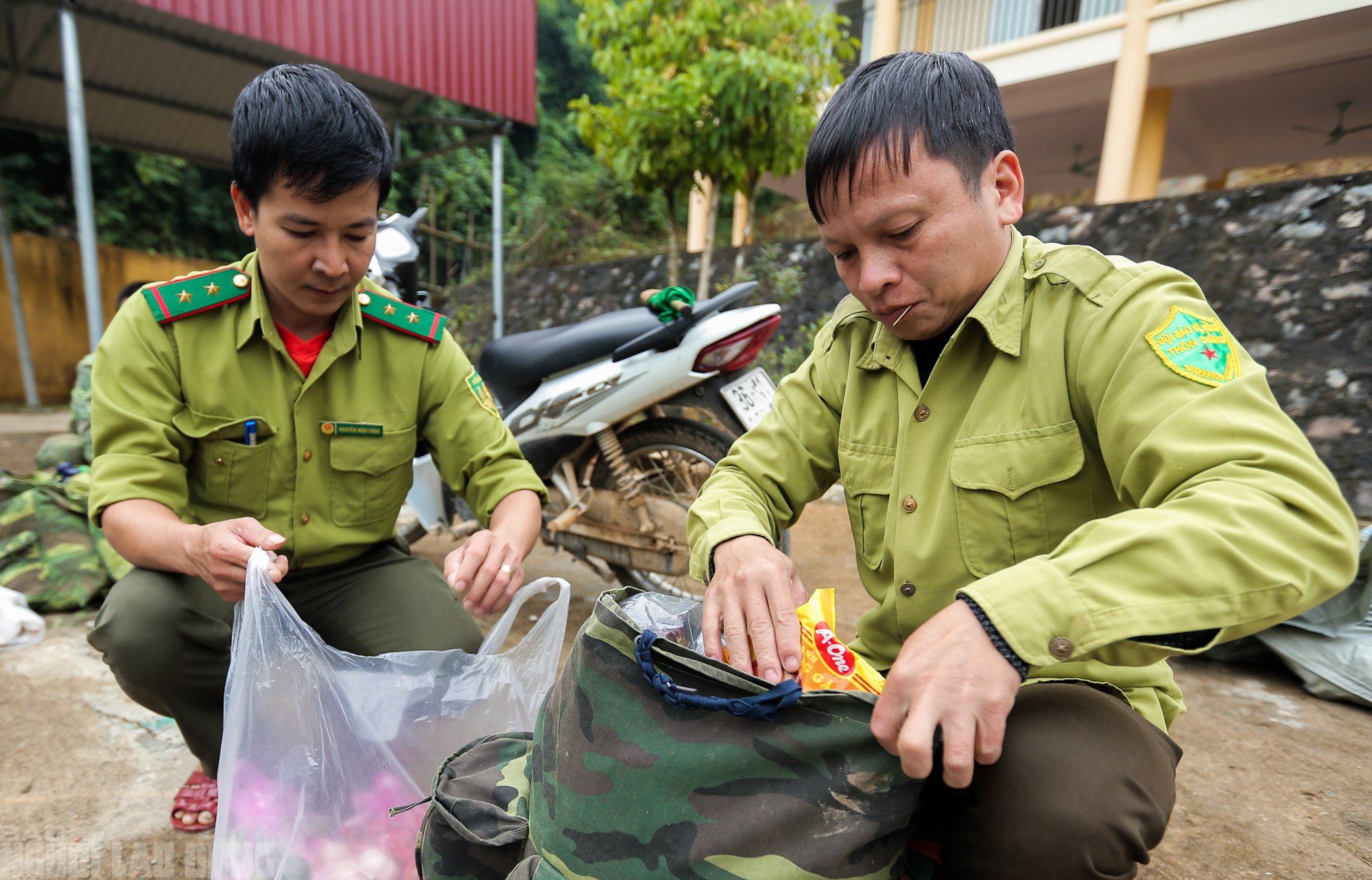
"Camera trap team" prepares to go hunting for wild animals
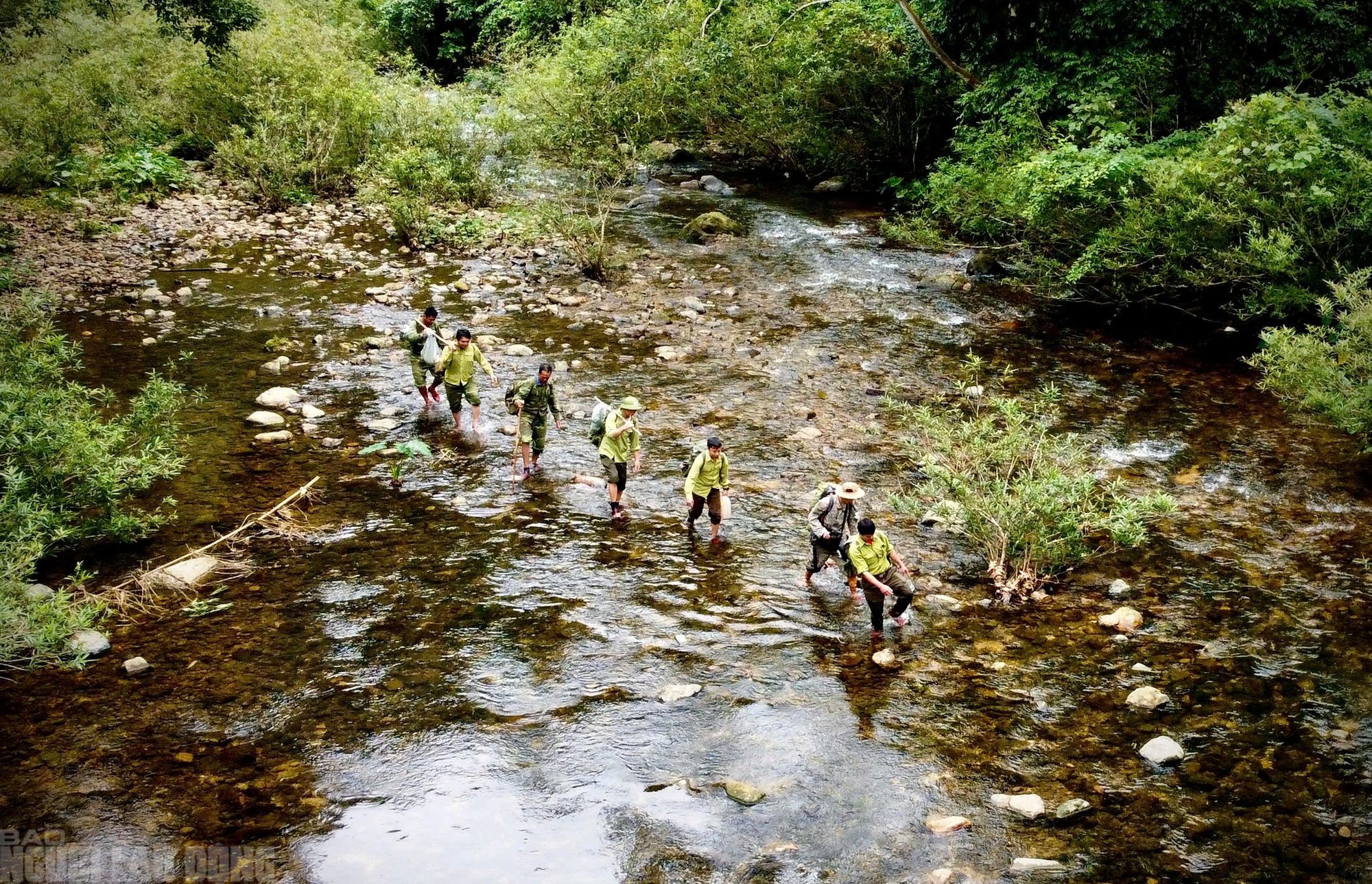
The camera trap area is located in the most difficult and remote locations of Xuan Lien National Park, bordering Laos, in the communes of Bat Mot and Yen Nhan (Thuong Xuan district, Thanh Hoa province).
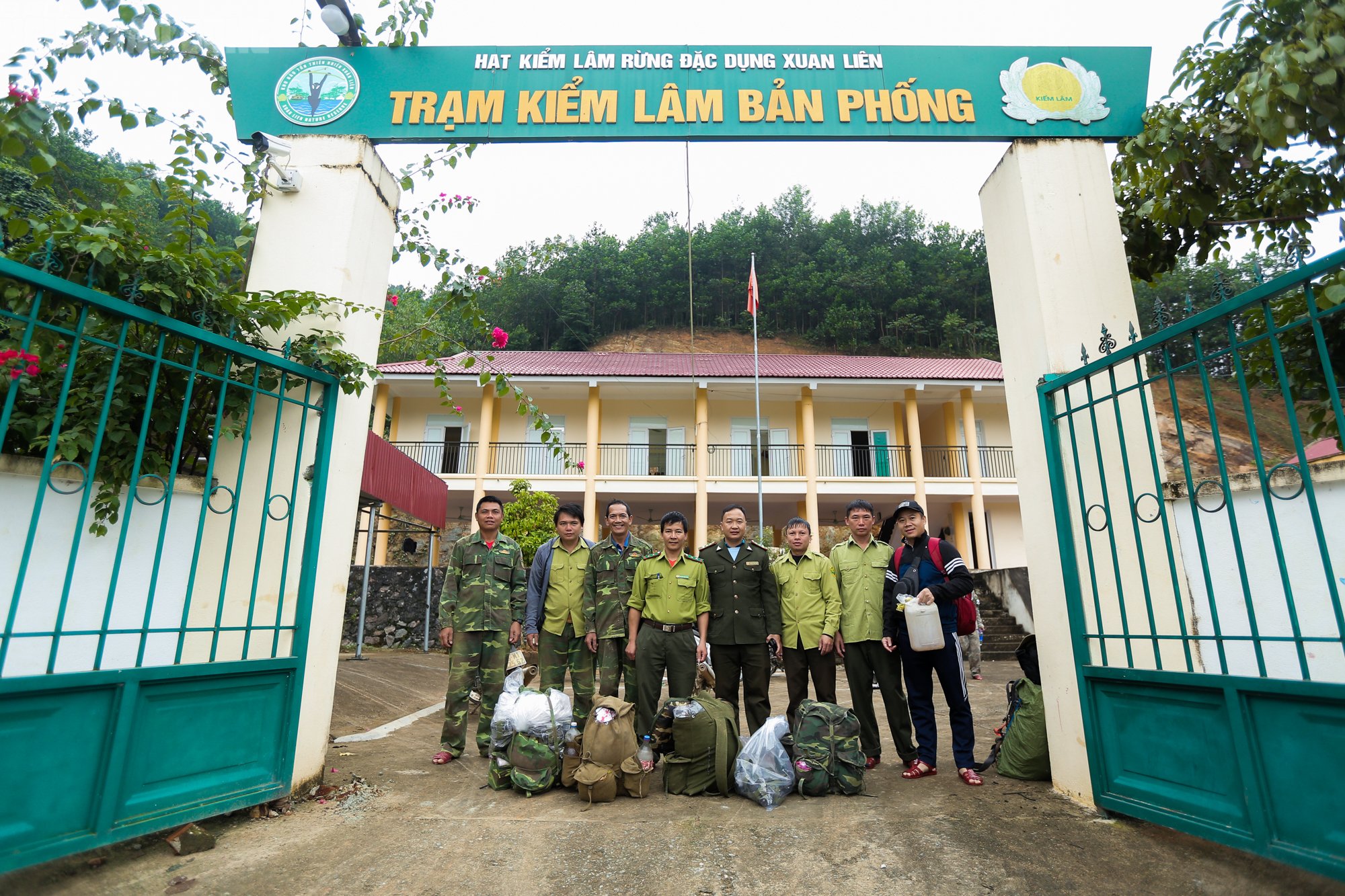
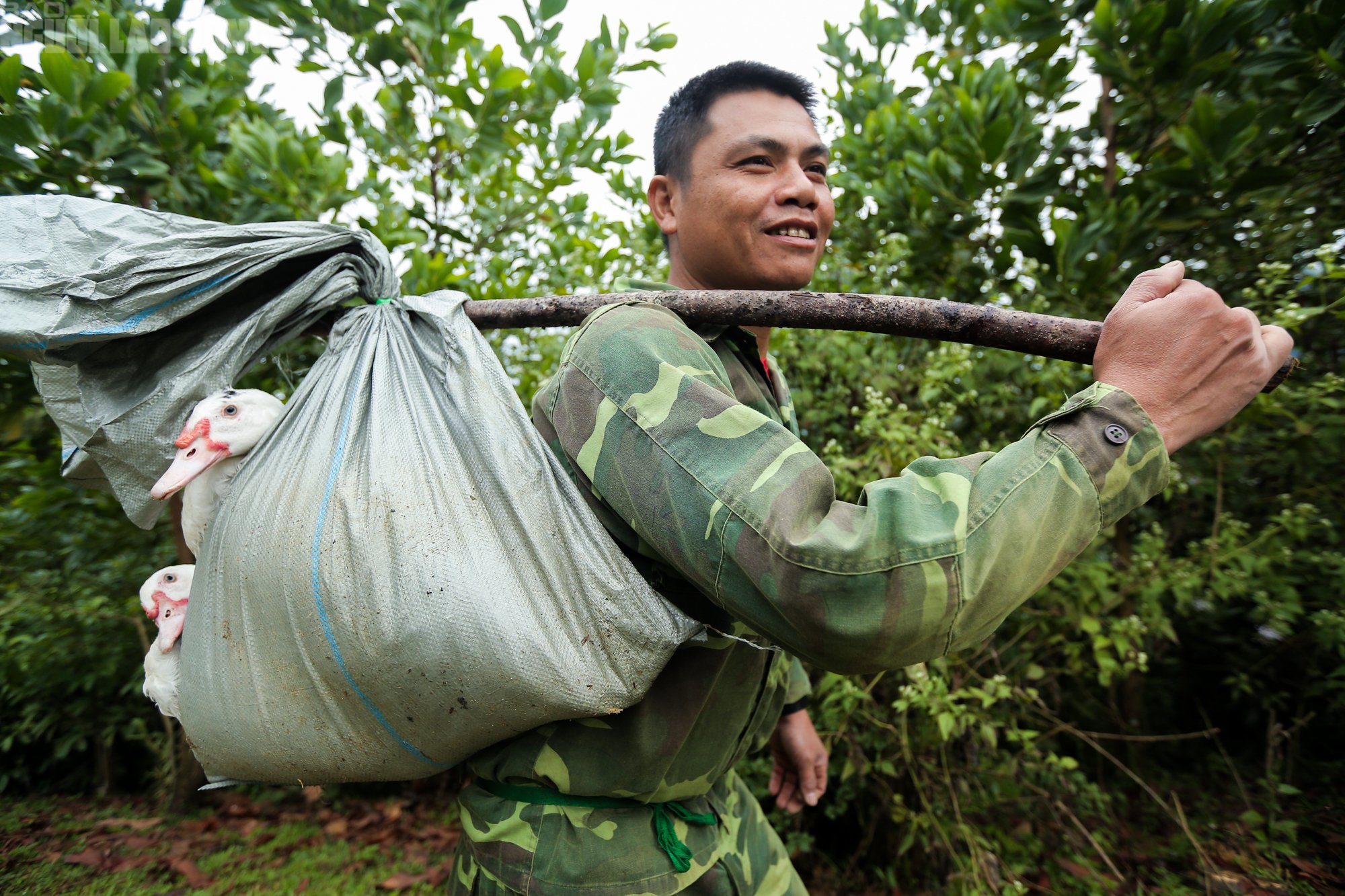
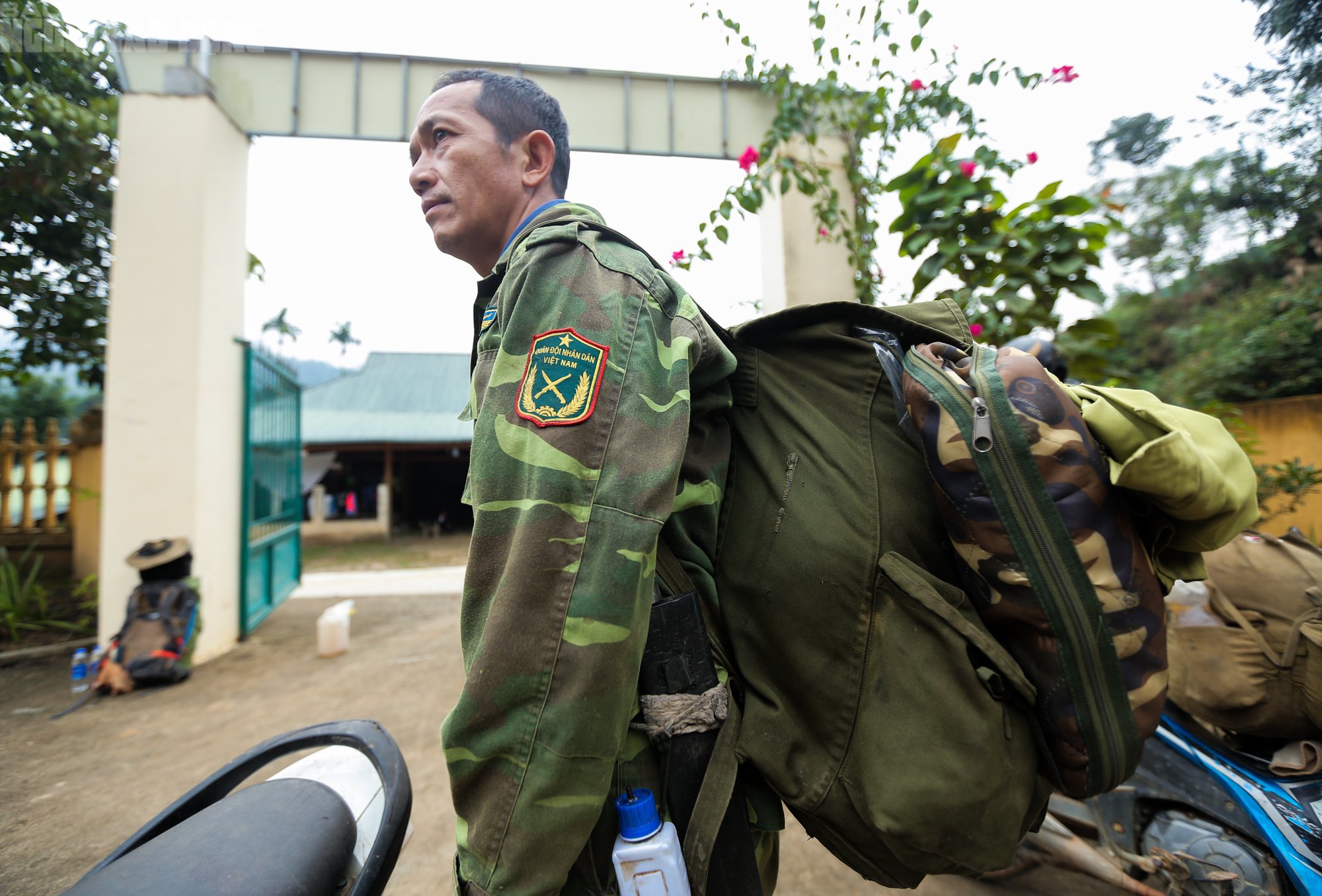
Each investigation and camera trap setting trip can last a week in the deep forest, so the functional forces of Xuan Lien National Park must prepare very carefully from food, equipment, pots, pans, medicine...
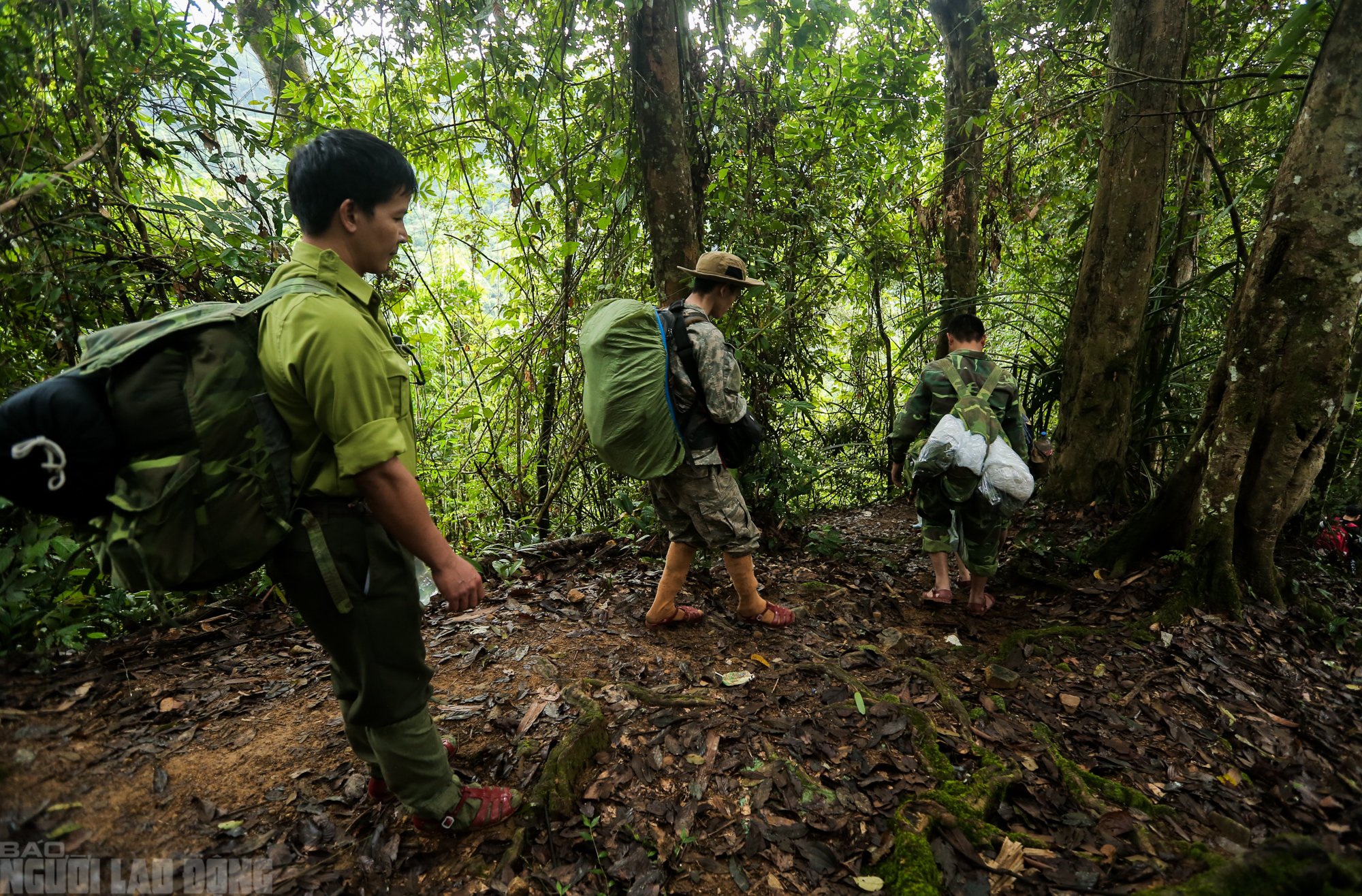
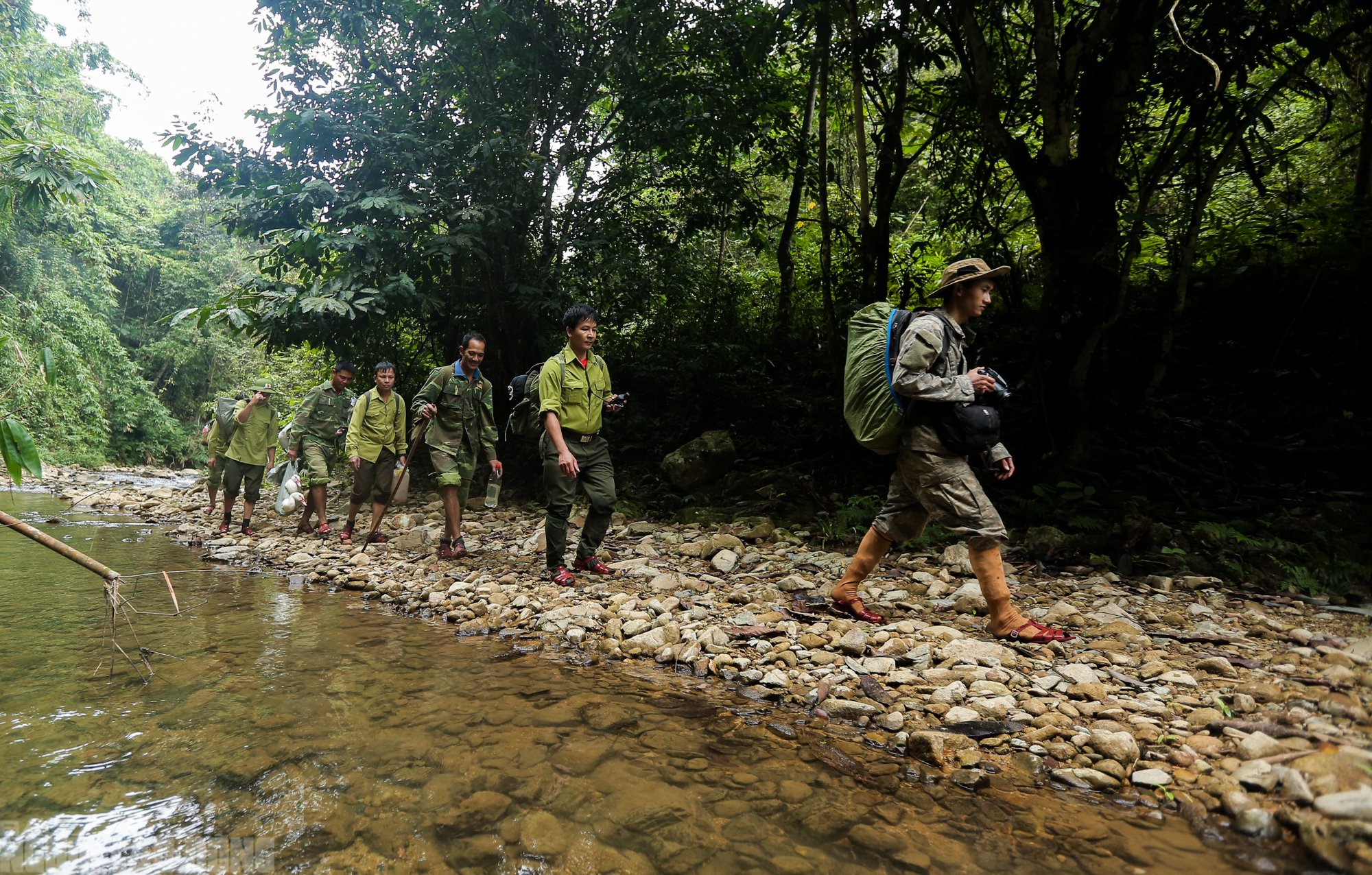
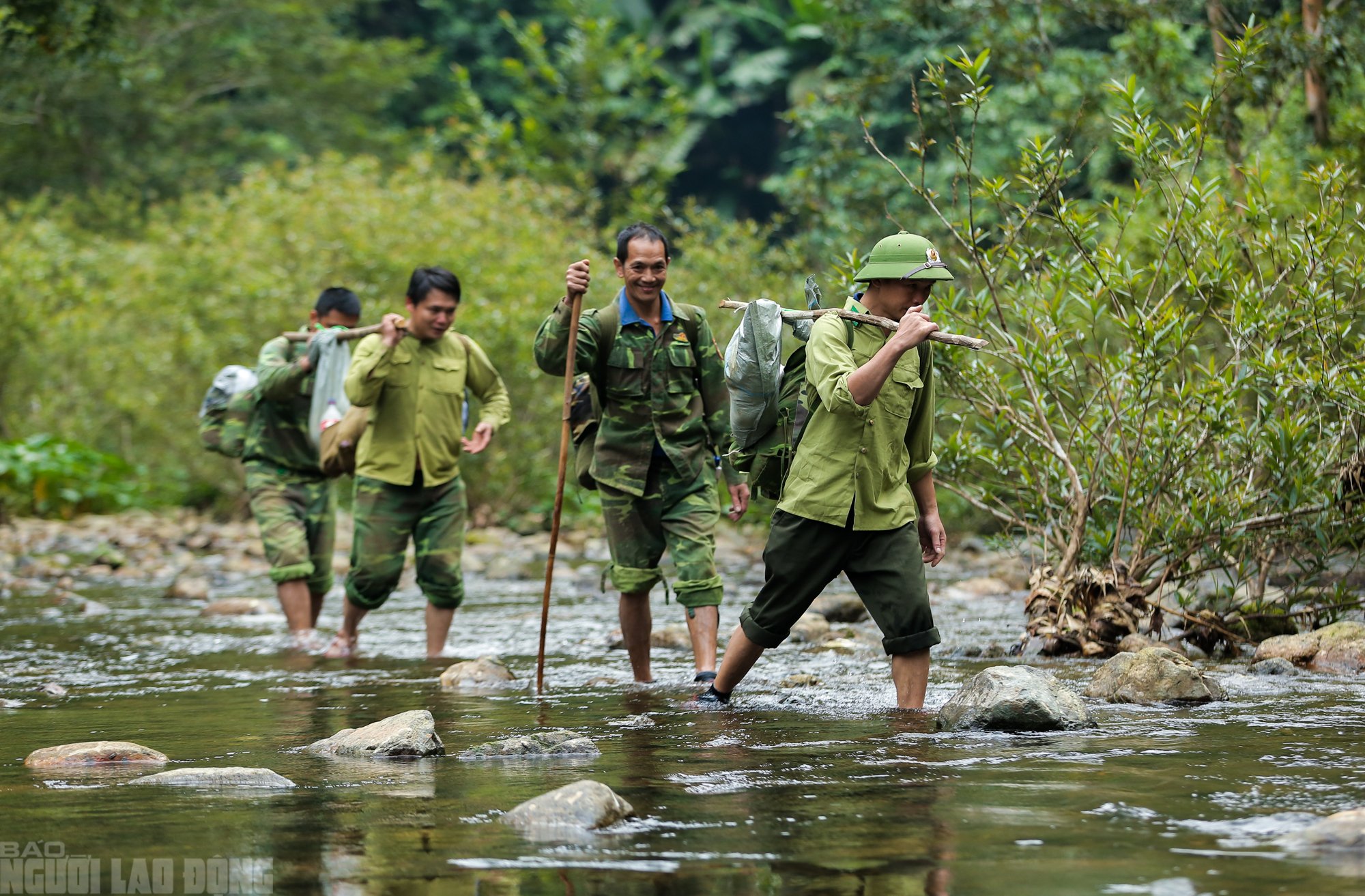
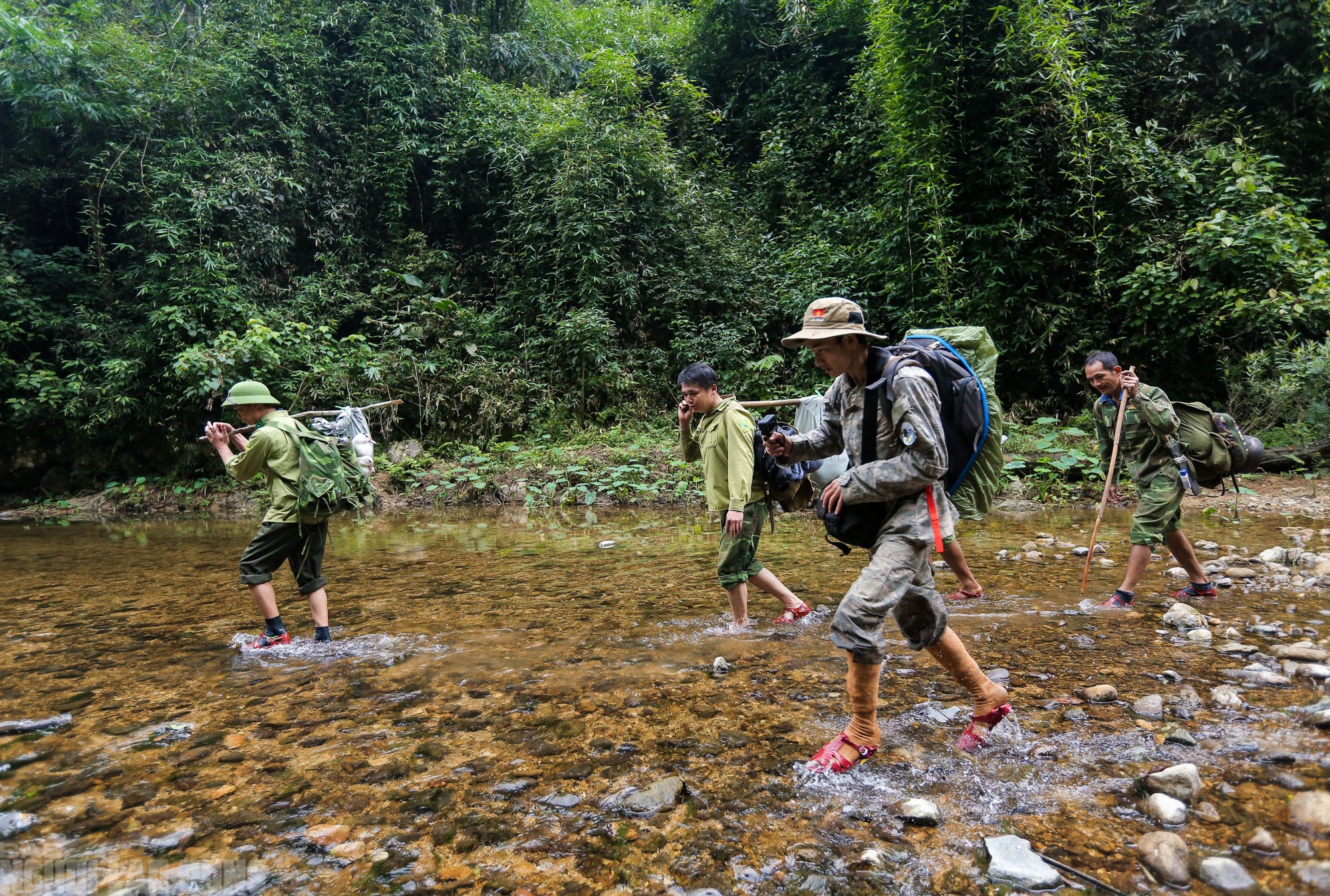
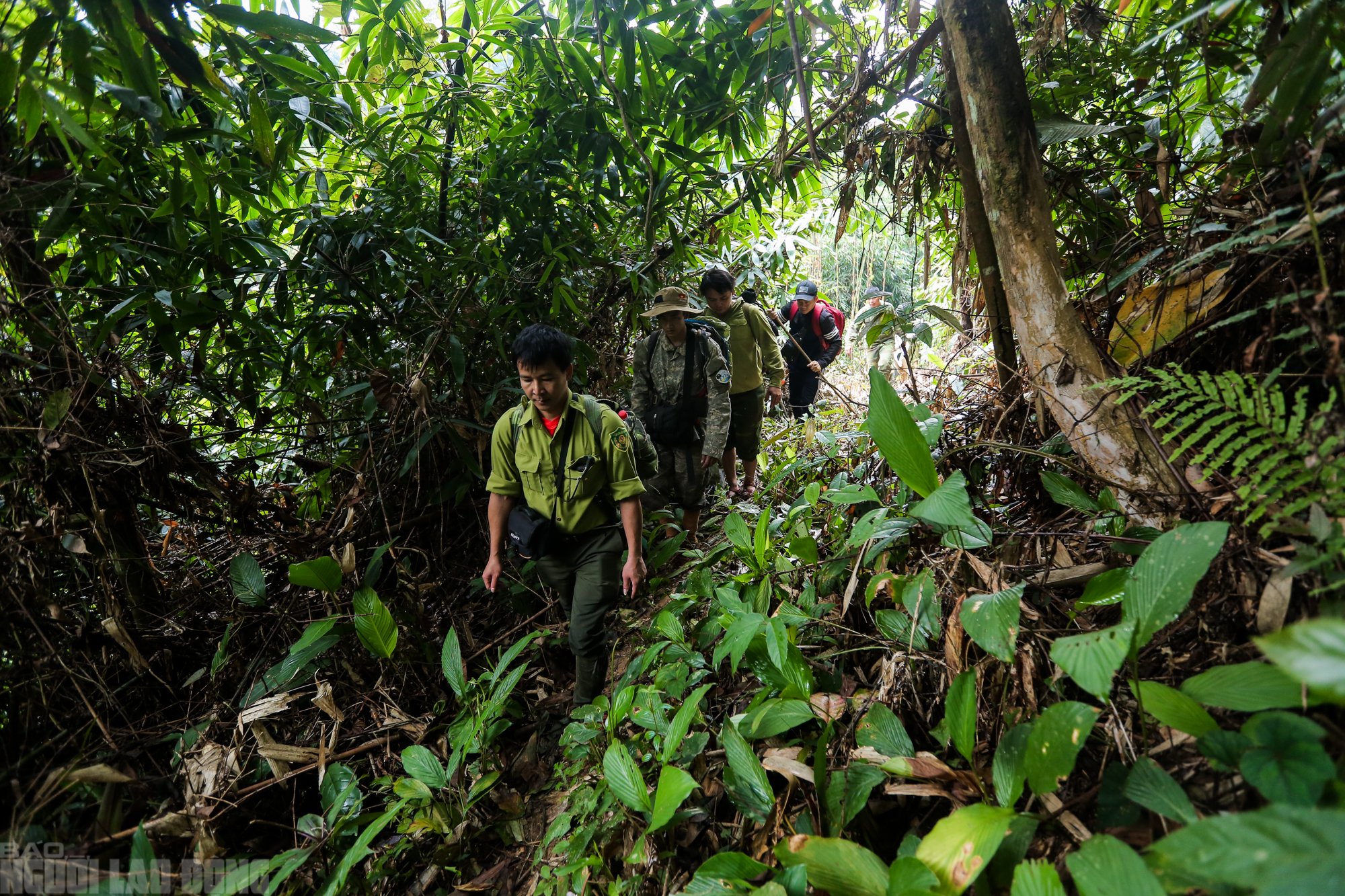
The journey to the camera trap area must pass through many dense forests, dangerous streams, especially difficult in the rainy season, can be cut off, isolated
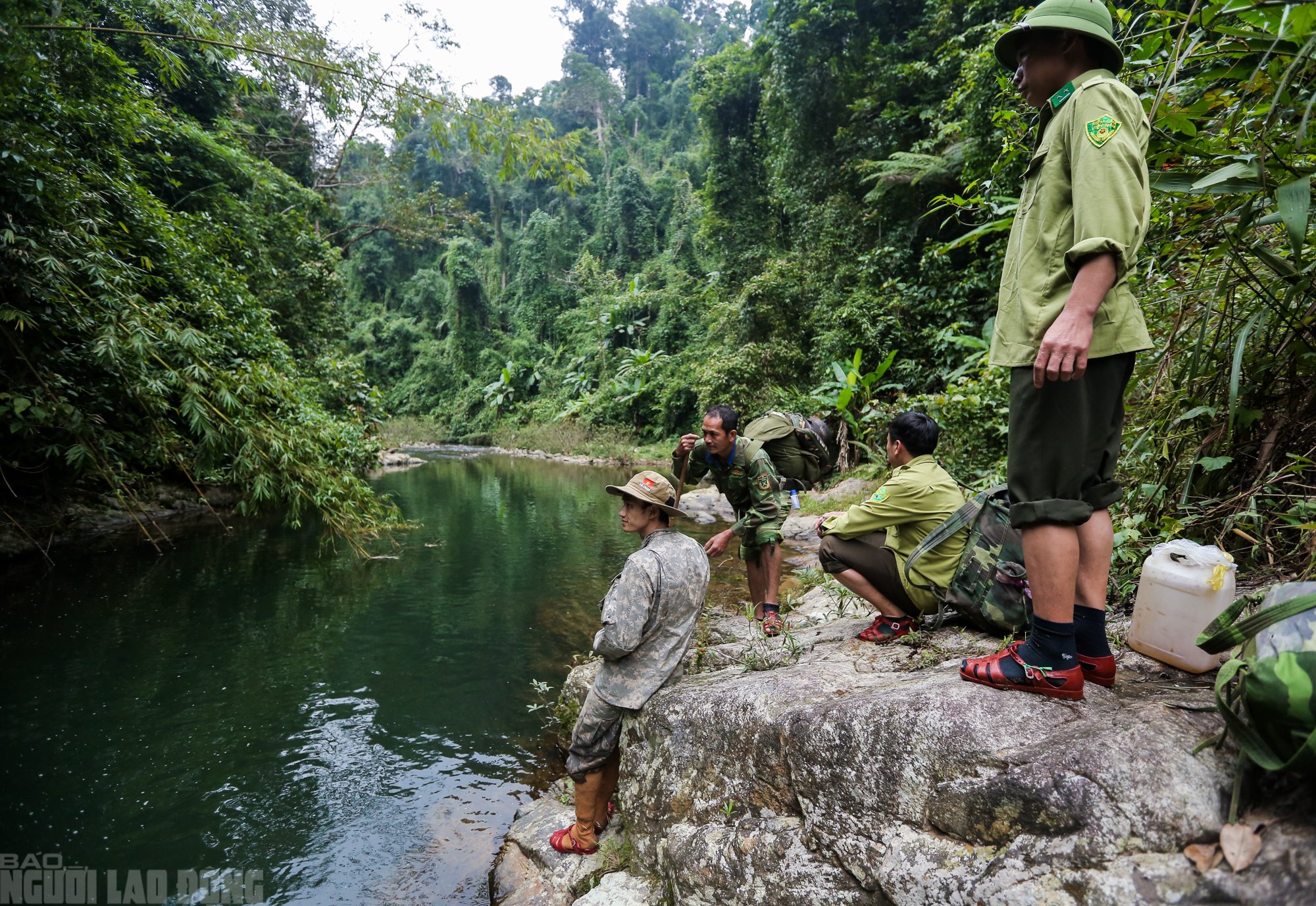
A moment of rest by a stream with the majestic natural scenery of Xuan Lien National Park
The recorded photos are vivid and authentic evidence providing data for research surveys and assessments of biodiversity in Xuan Lien National Park, greatly helping the conservation and promotion of the value of Thanh Hoa's "giant treasure" for the future.
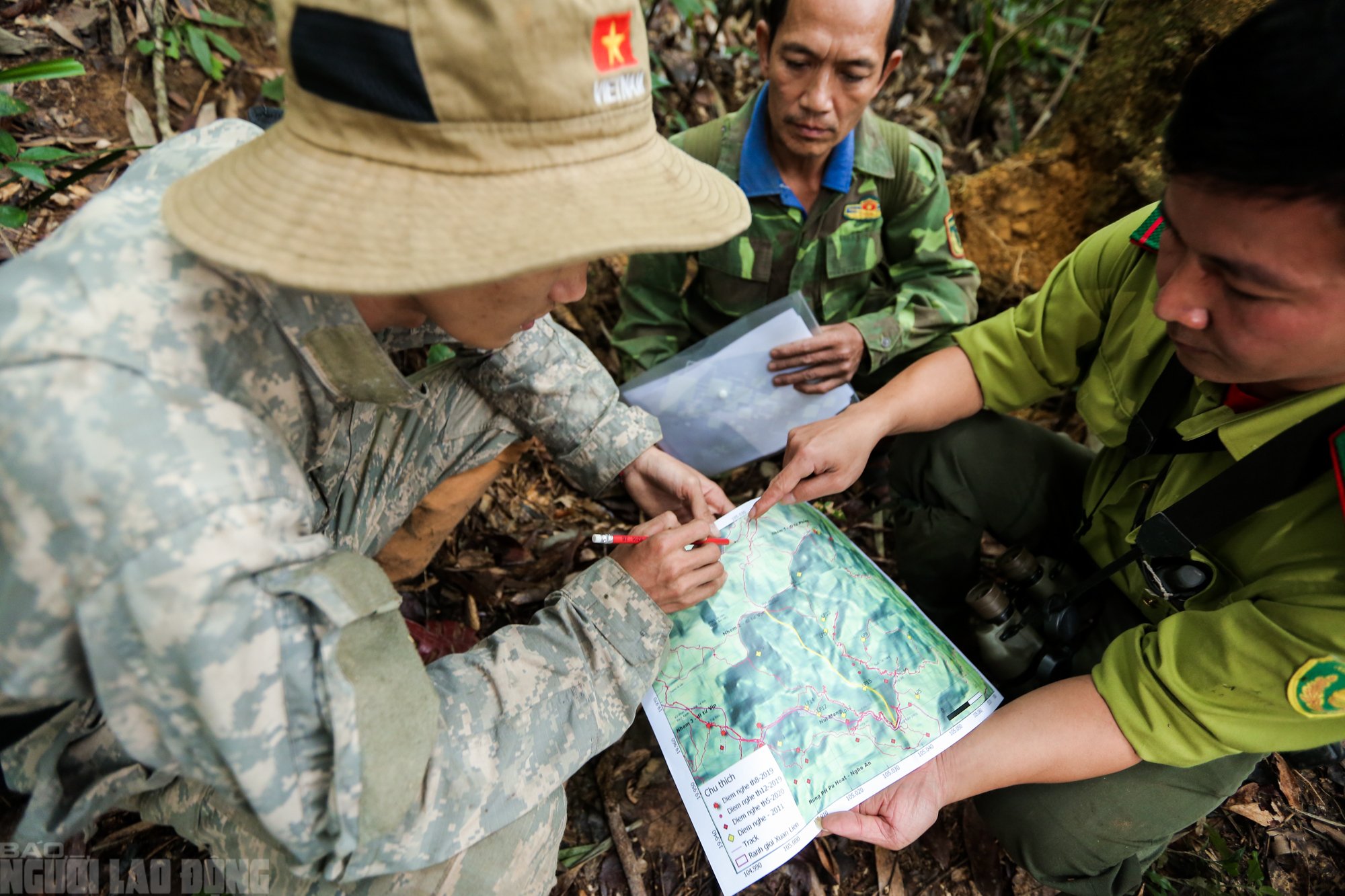
Check and mark the coordinates of the camera traps to facilitate returning to collect the traps.
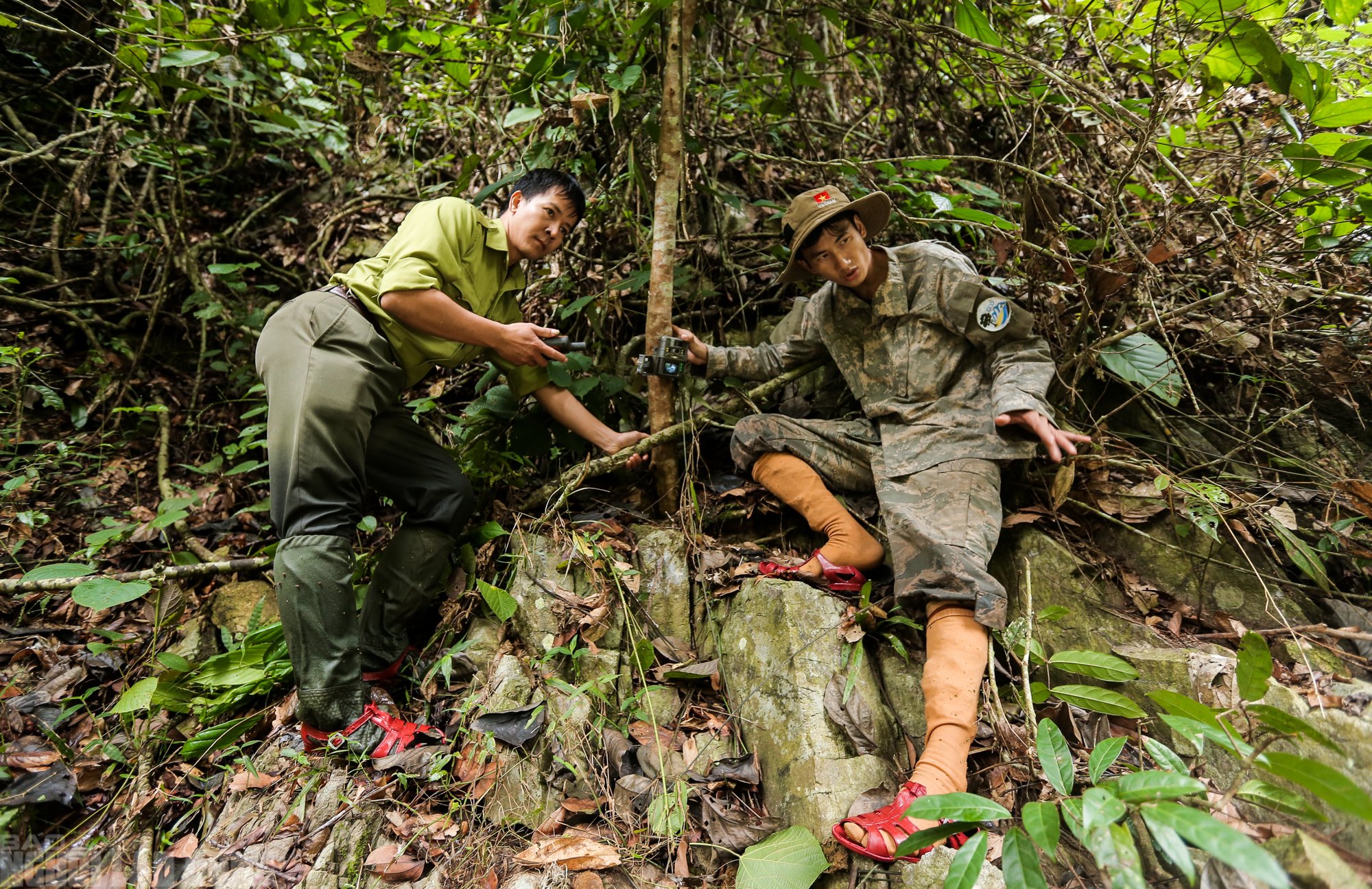
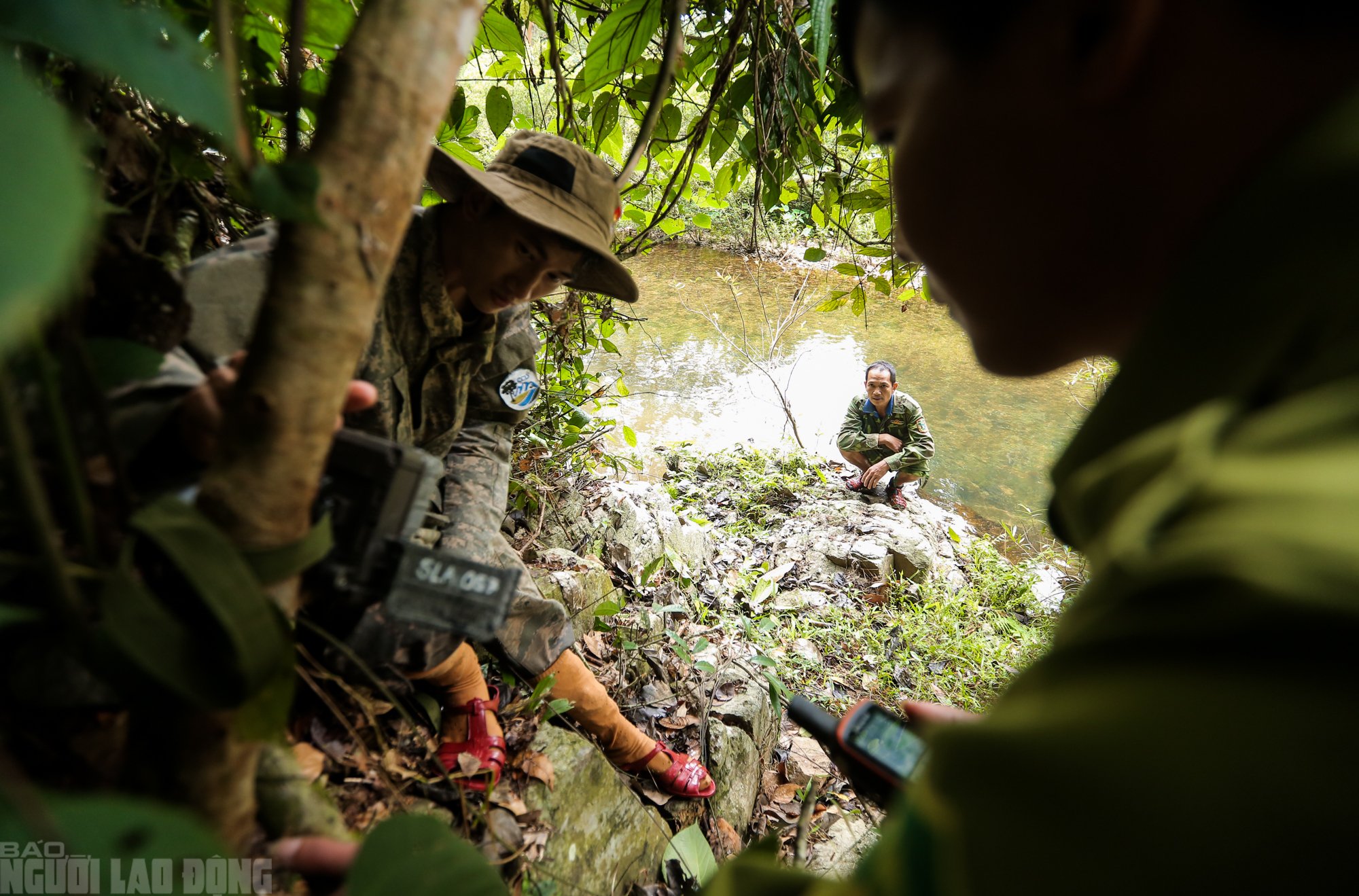
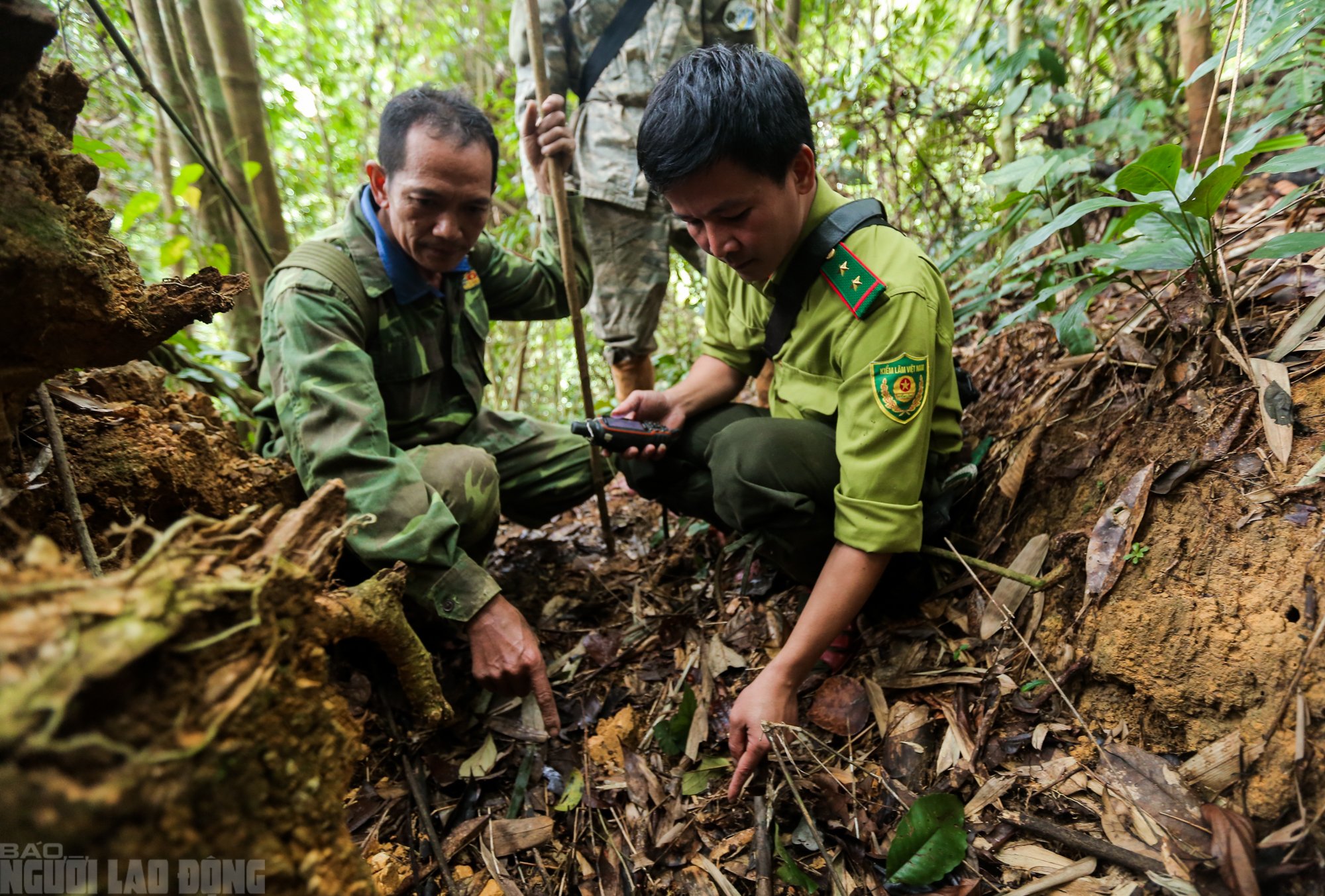
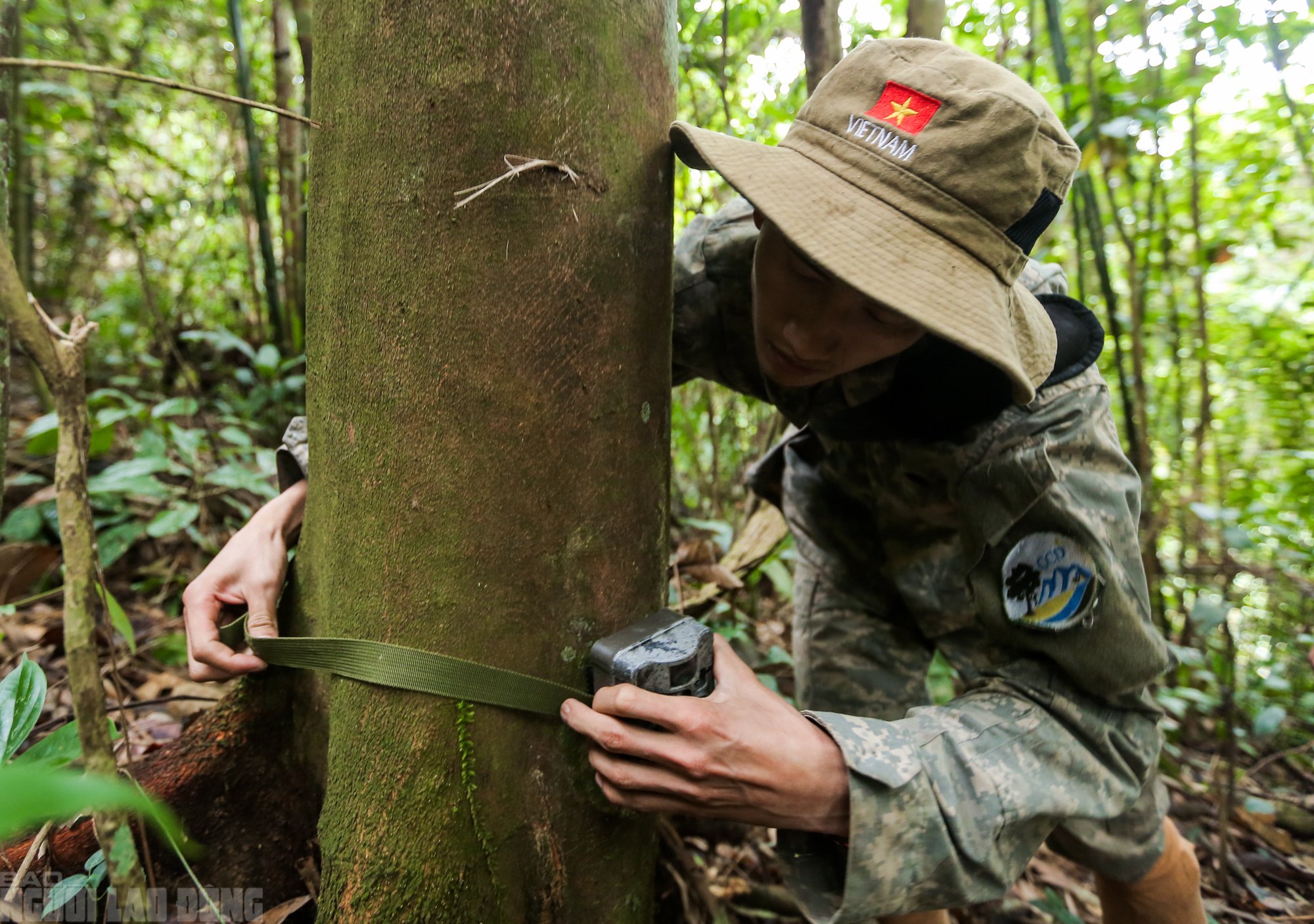
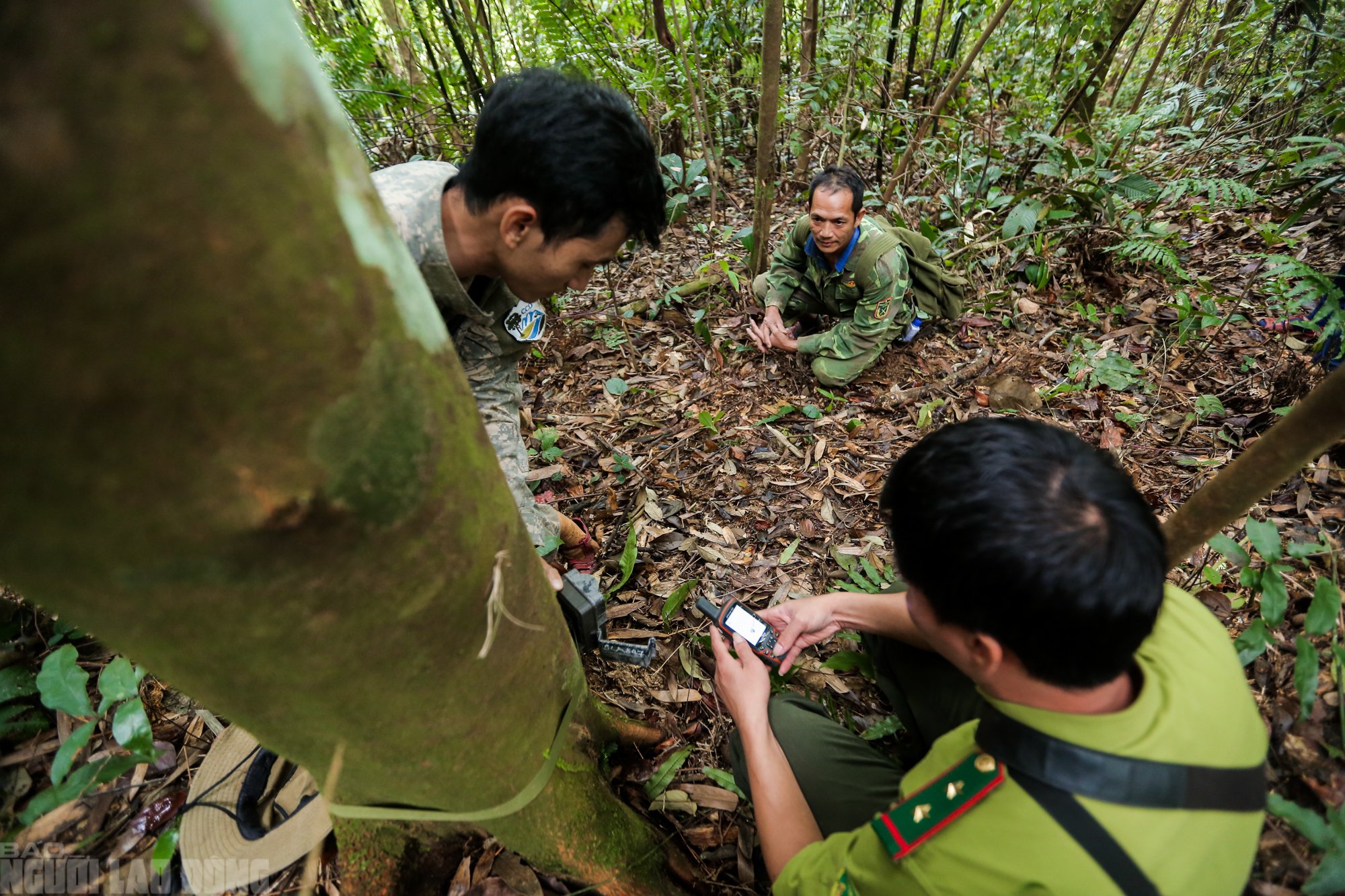
The silent work of the "camera trap team" in the green forest of Xuan Lien that few people understand
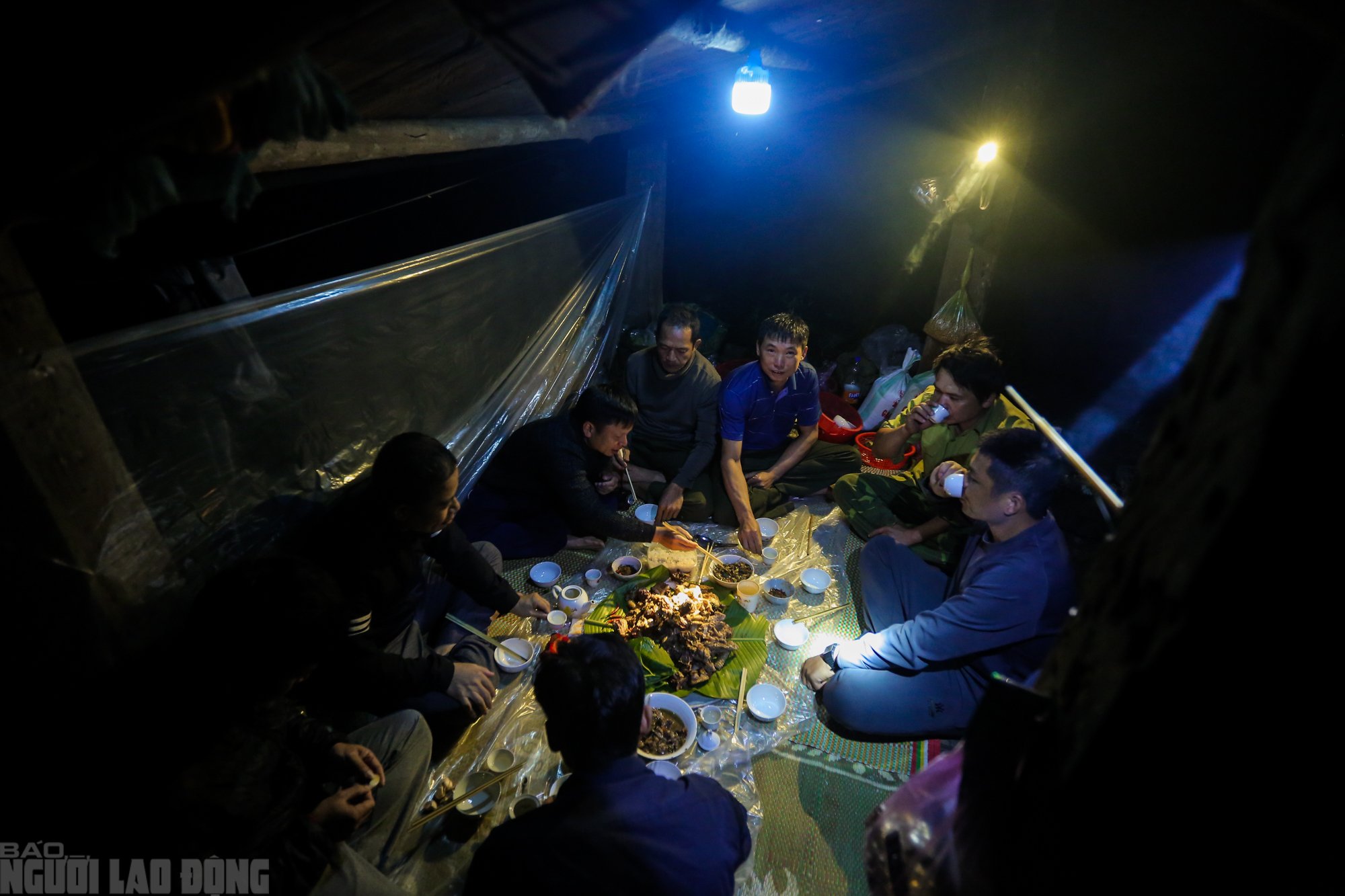
Dinner in the middle of the old forest of forest rangers and conservation team of Xuan Lien National Park during a trip to set camera traps
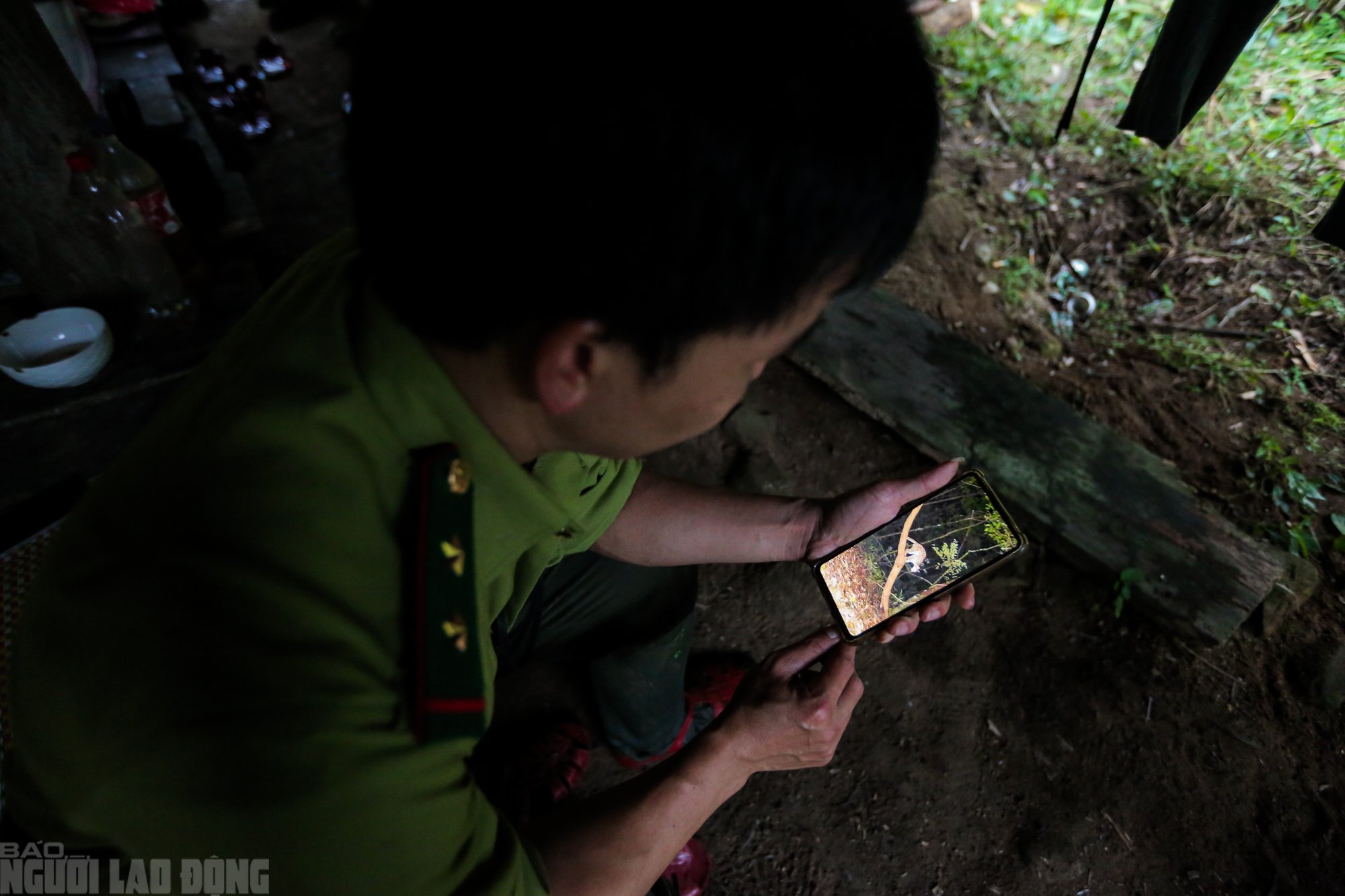
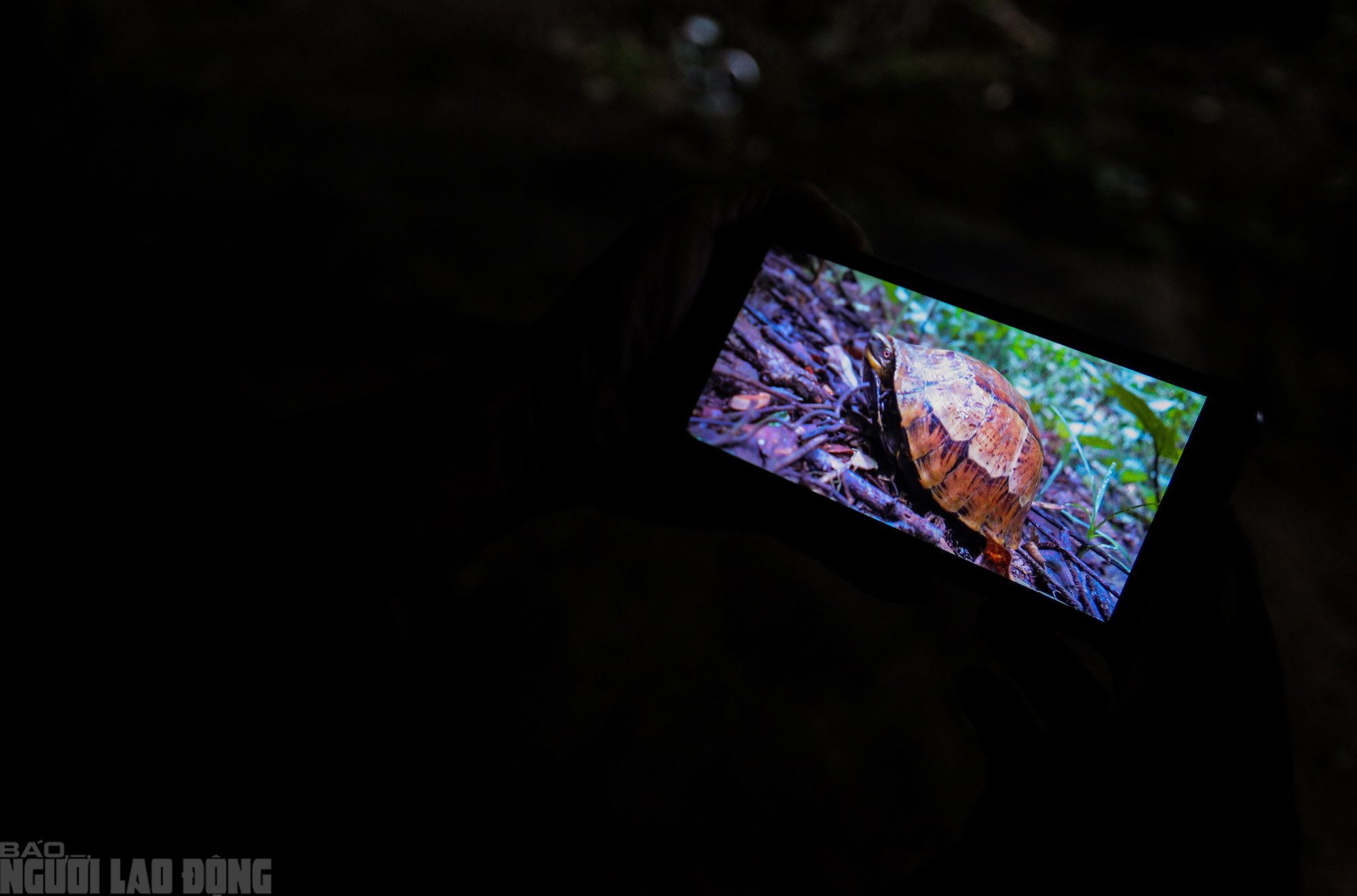
Images of rare wildlife, many new species found from the silent work of the "camera trap team"
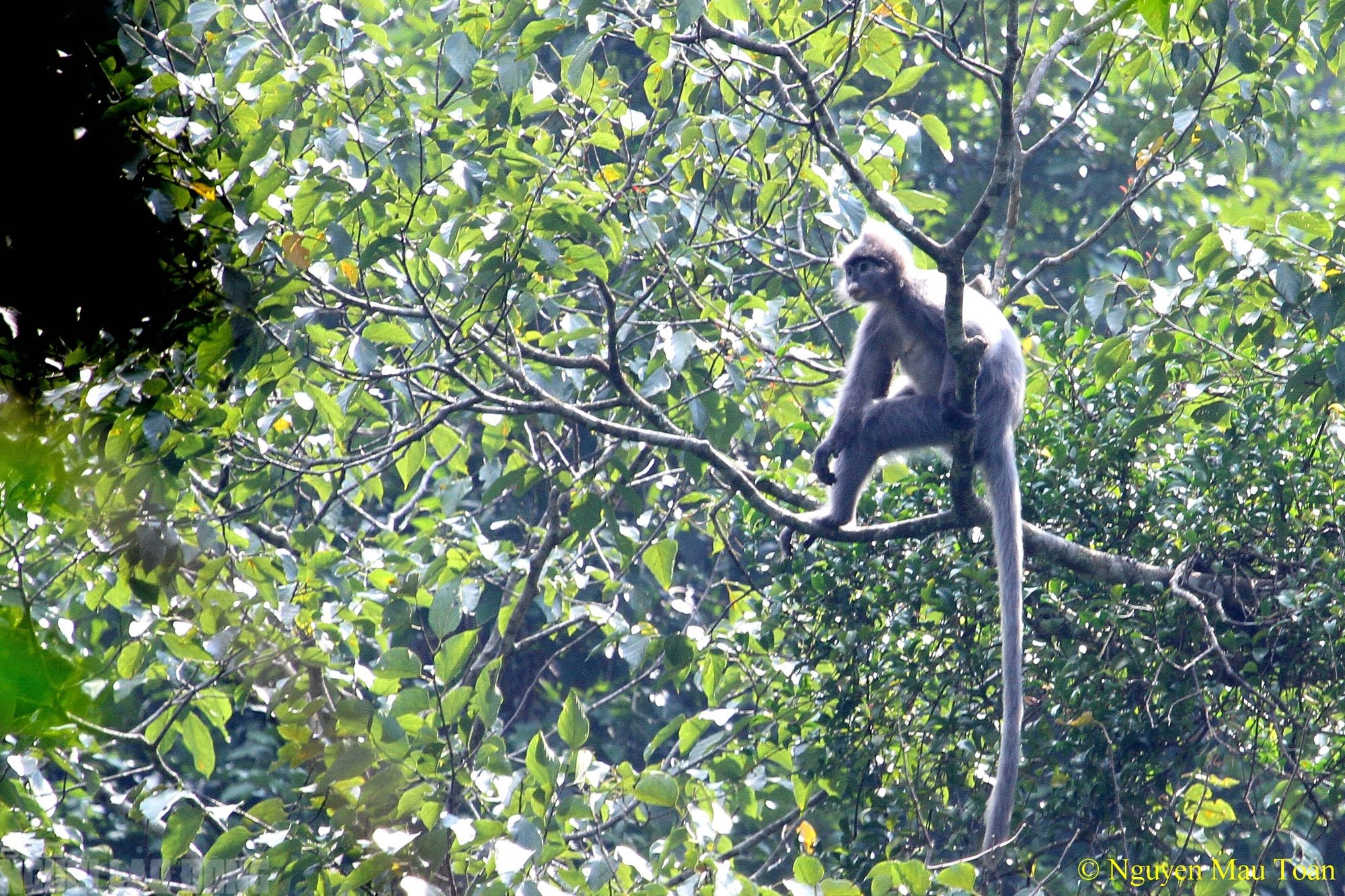
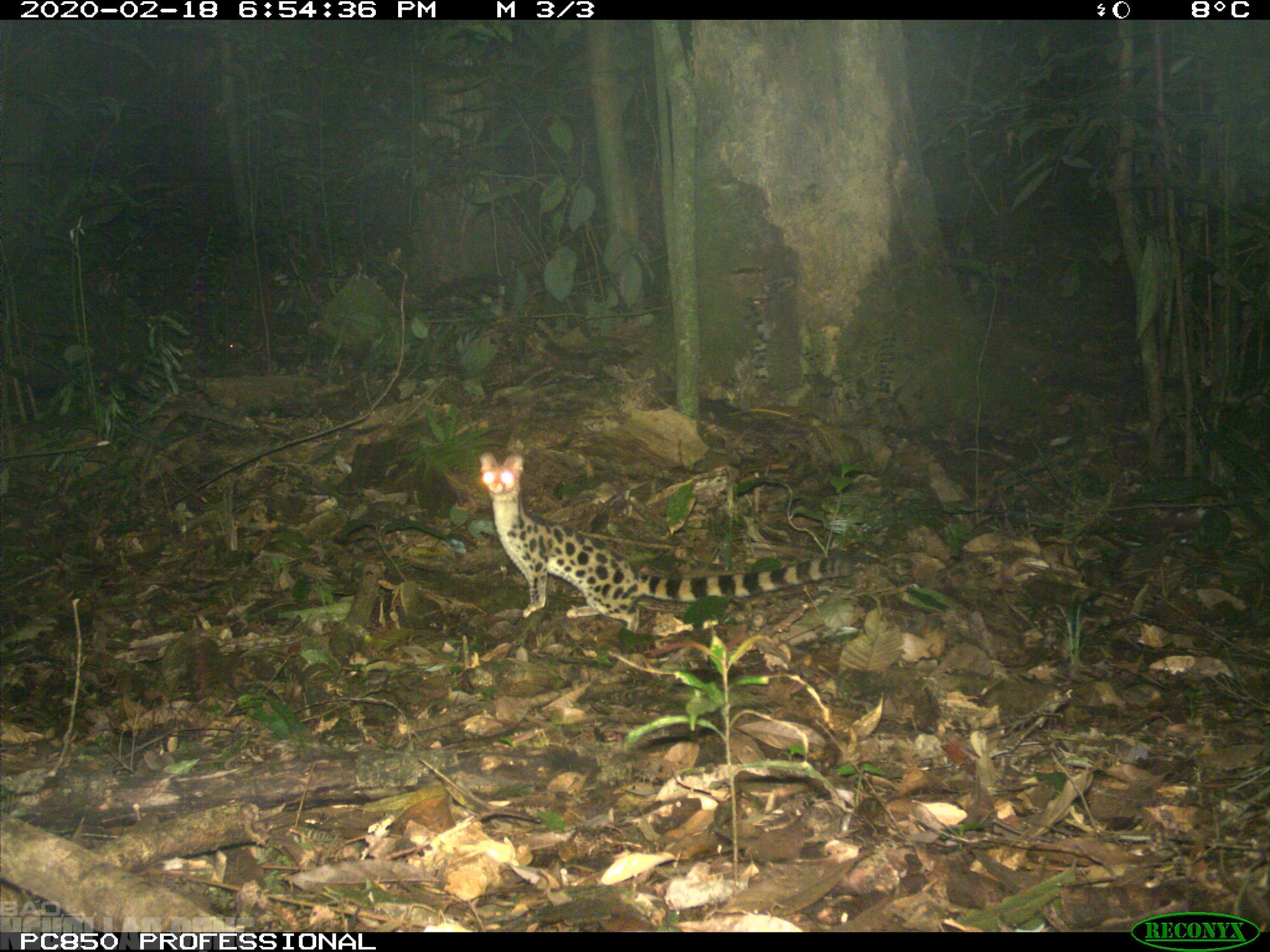
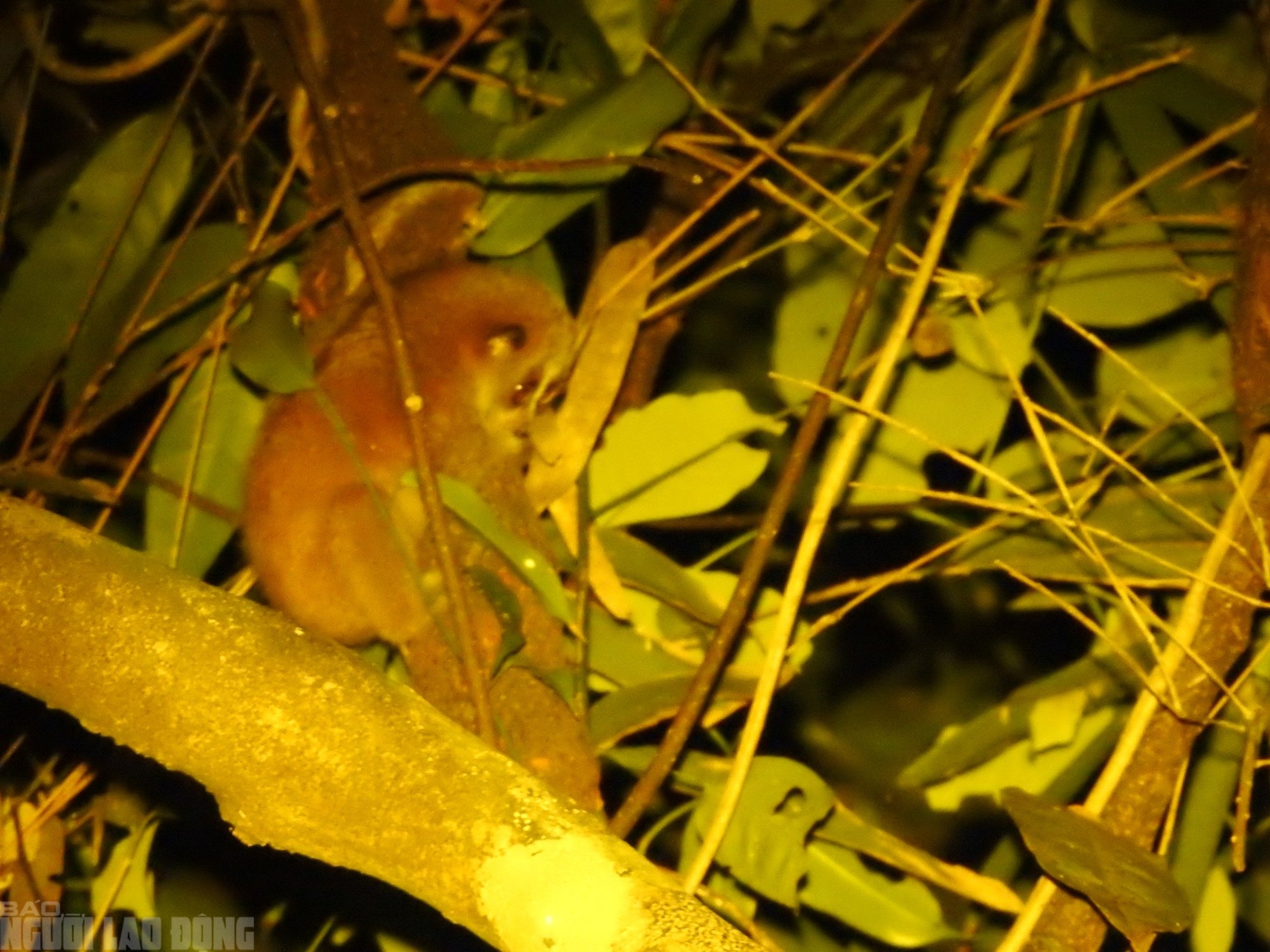
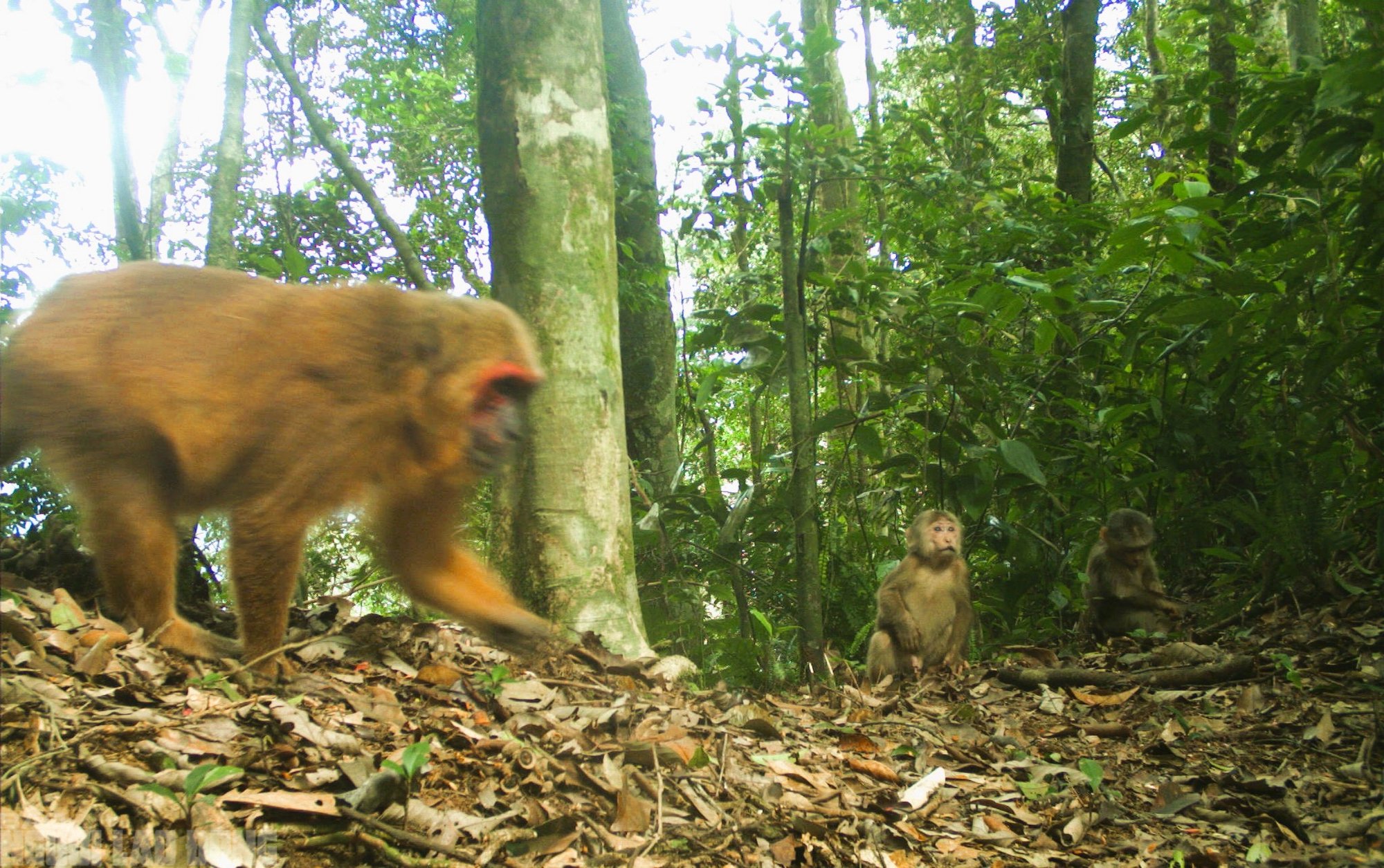

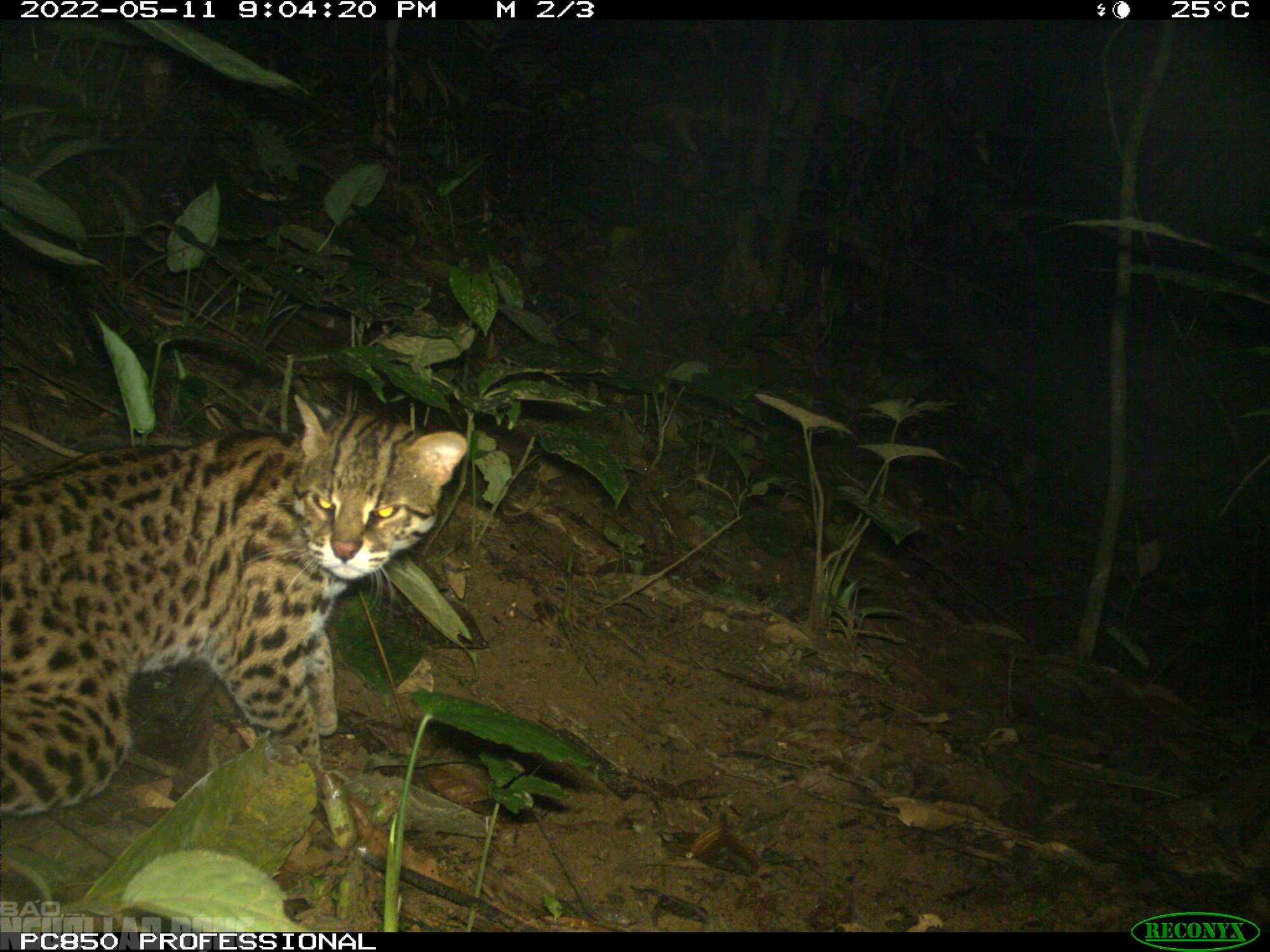
The results recorded through camera traps will be a valuable source of information for authorities to comprehensively assess the biodiversity at Xuan Lien National Park, and serve as a basis for developing conservation and value promotion plans.
At Xuan Lien National Park, authorities have identified 1,142 plant species, many of which are recorded for the first time in the world. Among these, the po mu and sa mu forests are rare and over 1,000 years old. The ecosystem is rich, especially the habitat of the white-cheeked gibbon - a highly endangered species listed in the Vietnam "Red Book". This is also home to 192 bird species, 80 mammal species, 44 amphibian species, 41 reptile species, 69 fish species and nearly 1,300 insect species.
Tuan Minh
Source: https://nld.com.vn/theo-chan-biet-doi-bay-anh-dong-vat-hoang-da-giua-dai-ngan-xuan-lien-196250328111153253.htm



![[Photo] Fireworks light up the sky of Ho Chi Minh City 50 years after Liberation Day](https://vphoto.vietnam.vn/thumb/1200x675/vietnam/resource/IMAGE/2025/4/30/8efd6e5cb4e147b4897305b65eb00c6f)


![[Photo] Mass parade to celebrate 50 years of national reunification](https://vphoto.vietnam.vn/thumb/1200x675/vietnam/resource/IMAGE/2025/4/30/825e459ee2f54d85b3a134cdcda46e0d)

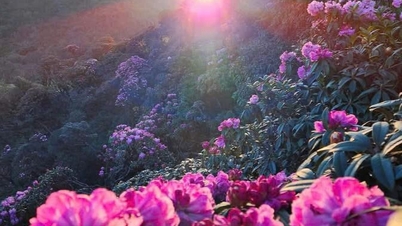
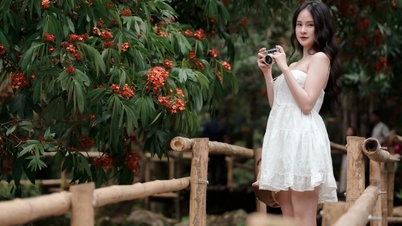




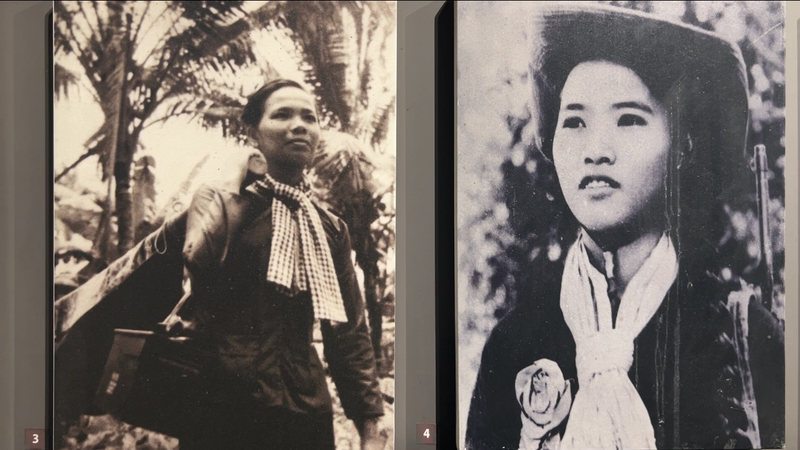













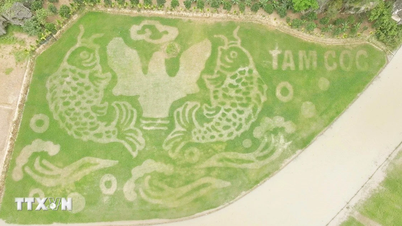
































































Comment (0)